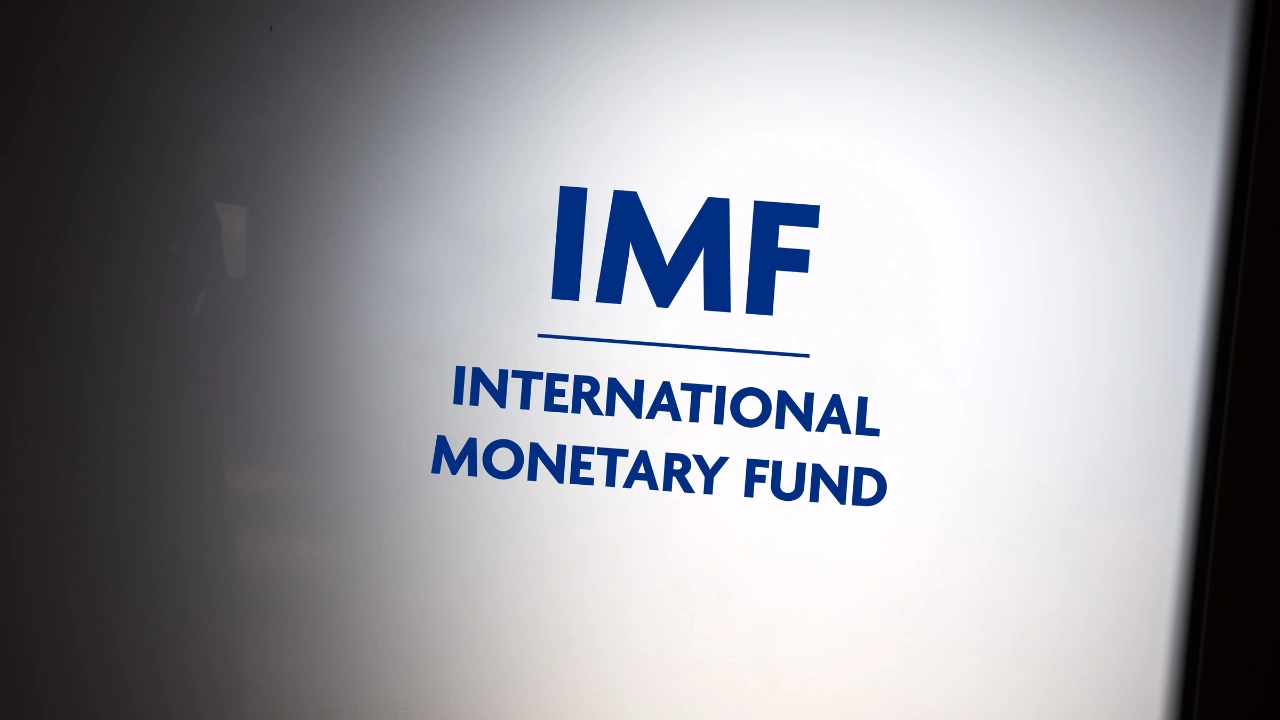The International Monetary Fund (IMF) has warned that the massive investment boom in AI shares parallels the dot-com bubble experienced in the late 1990s and could potentially burst.
However, its collapse is not likely to trigger a financial crisis, according to the IMF’s remarks on Tuesday. The IMF has highlighted similarities between the two periods, indicating that both pushed stock valuation to new heights and also fueled consumption that contributes to inflationary pressures.
The warnings come amid the IMF and World Bank’s annual meetings in Washington. Chief economist at IMF, Pierre-Olivier Gourinchas, told Reuters that just as with the internet boom, the transformative promise of AI may not meet near-term market expectations, and this could potentially lead to a sharp correction in stock values.
Highly capitalized firms are driving the massive investments
But, just like in 1999, investment in the sector is built by cash-rich tech firms.
“This is not financed by debt, and that means that if there is a market correction, some shareholders, some equity holders may lose out,” Gourinchas said at the beginning of the IMF and World Bank annual meetings in Washington.
“But it doesn’t necessarily transmit to the broader financial system and create impairments in the banking system or in the financial system more broadly.”
Gourinchas.
The IMF warnings come at a time tech firms are making massive investments, pouring billions of dollars into AI infrastructure, for instance, advanced AI chips, data centers, and computing power.
Gourinchas noted that the massive productivity gains promised by this technology have yet to be realized in economic data, much like how the lofty valuations of internet stocks in the late 1990s were often untethered from actual revenues.
However, the IMF notes that the scale of the AI boom remains smaller compared to the dot-com era. IMF data shows that AI-related investment has increased by less than 0.4% of US GDP since 2022. In contrast, the dot-com boom witnessed a 1.2% increase in investment relative to GDP between 1995 and 2000.
AI boom is driving growth, according to IMF
The IMF’s latest World Economic Outlook, released on Tuesday, admits that the surge in AI investment is one of the factors currently propping up the US and global growth. However, the IMF also warned that the investments are driving up demand and inflation without the offsetting benefit of productivity gains.
This pressure is reportedly one reason the IMF has revised its inflation projections for the US, now expecting consumer prices to rise by 2.7% in 2025 and 2.4% next year, remaining above the Federal Reserve’s 2% target level for this year.
The IMF chief economist also highlighted other factors that are keeping inflation elevated, including reduced immigration, limiting the labor supply, and the delayed impact of tariffs imposed by the Trump administration.
Gourinchas also noted that evidence suggests US importers have absorbed the cost of these tariffs in their margins as opposed to passing them on to consumers.
“Now, the effect of tariffs is kind of trickling in. So far, the evidence suggests that importers have absorbed it in margins, and they have not transmitted as much to the ultimate customers,” he said.
“It has not been paid by the exporters,” Gourinchas added, confirming academic studies which found that US companies, not foreign nations, have borne the cost of the protectionist policies.
President Trump predicted that foreign countries would pay the price of his protectionist policies, betting that exporters would absorb that cost.
If you’re reading this, you’re already ahead. Stay there with our newsletter.
This articles is written by : Nermeen Nabil Khear Abdelmalak
All rights reserved to : USAGOLDMIES . www.usagoldmines.com
You can Enjoy surfing our website categories and read more content in many fields you may like .
Why USAGoldMines ?
USAGoldMines is a comprehensive website offering the latest in financial, crypto, and technical news. With specialized sections for each category, it provides readers with up-to-date market insights, investment trends, and technological advancements, making it a valuable resource for investors and enthusiasts in the fast-paced financial world.
